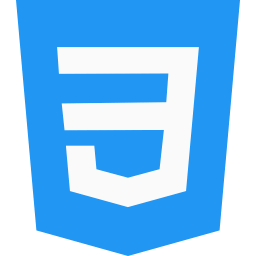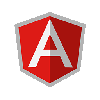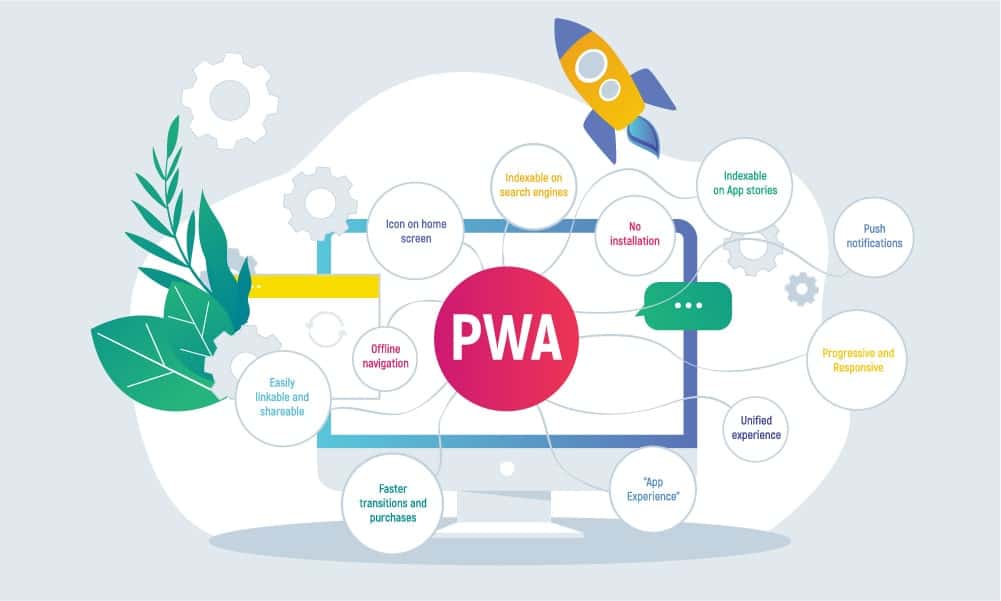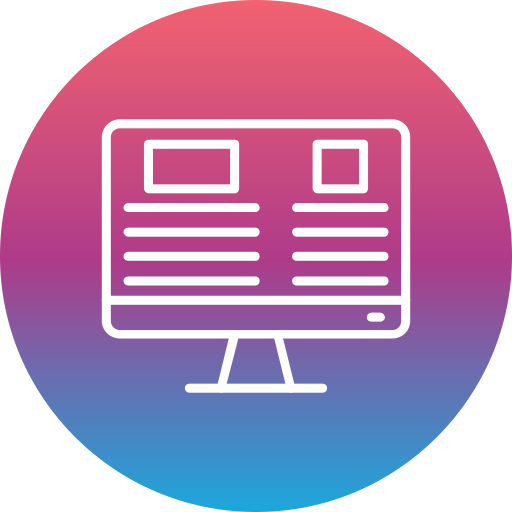Build quality Web apps with top PHP Web
Development Company
Offline Functionality: One of the key features of PWAs is the ability to work offline or with a
poor internet connection. Service Workers enable PWAs to cache resources and data, allowing
users to continue using the app even when they're offline.
Engagement: PWAs can leverage features like push
notifications to re-engage users and keep them coming back to the app. This helps increase user
engagement and retention rates.
Discoverability: PWAs are discoverable through
web search engines and can be easily shared via URLs, making them accessible to a wide audience
without the need for app store distribution.
Security: PWAs are served over HTTPS, ensuring
that data transmitted between the user and the server is secure. This is particularly important
for PWAs that handle sensitive user information.
Installation: PWAs can be installed on a user's
device, similar to native apps, providing a shortcut on the home screen and the ability to
launch the app in fullscreen mode without the browser UI.
Progressive Web App (PWA) Development involves creating web applications that combine the best
features of both web and mobile applications, offering a seamless user experience across various
devices. Here's a breakdown
Web Technologies: PWAs are built using standard
web technologies such as HTML, CSS, and JavaScript. This means they can run on any platform or
device with a modern web browser.
Responsive Design: PWAs are designed to be
responsive, adapting to different screen sizes and orientations, whether it's a desktop, tablet,
or smartphone. This ensures a consistent experience for users across devices.
App-Like Experience: PWAs provide an app-like
experience to users, including features like smooth animations, offline functionality, and push
notifications. This is achieved through the use of modern web APIs such as Service Workers, Web
App Manifests, and Push APIs.














